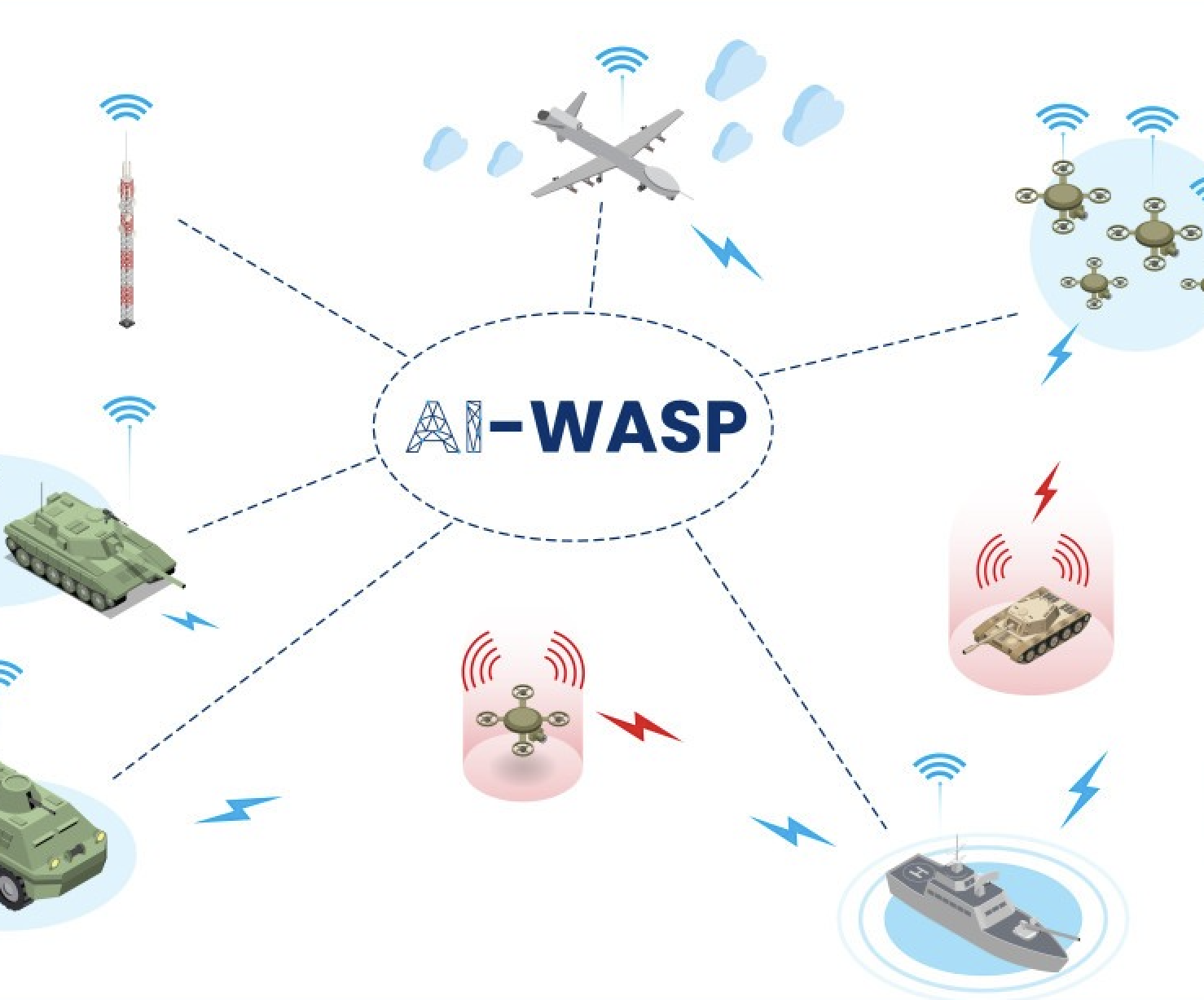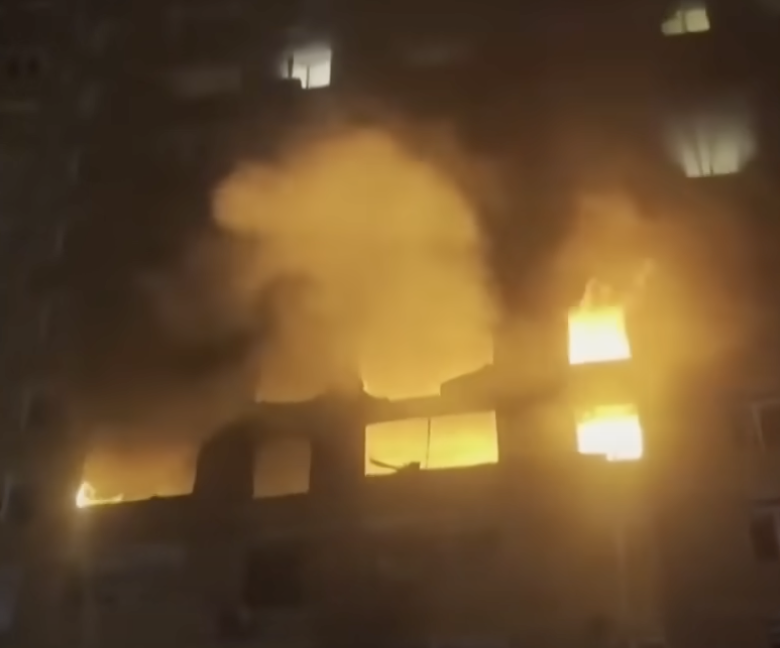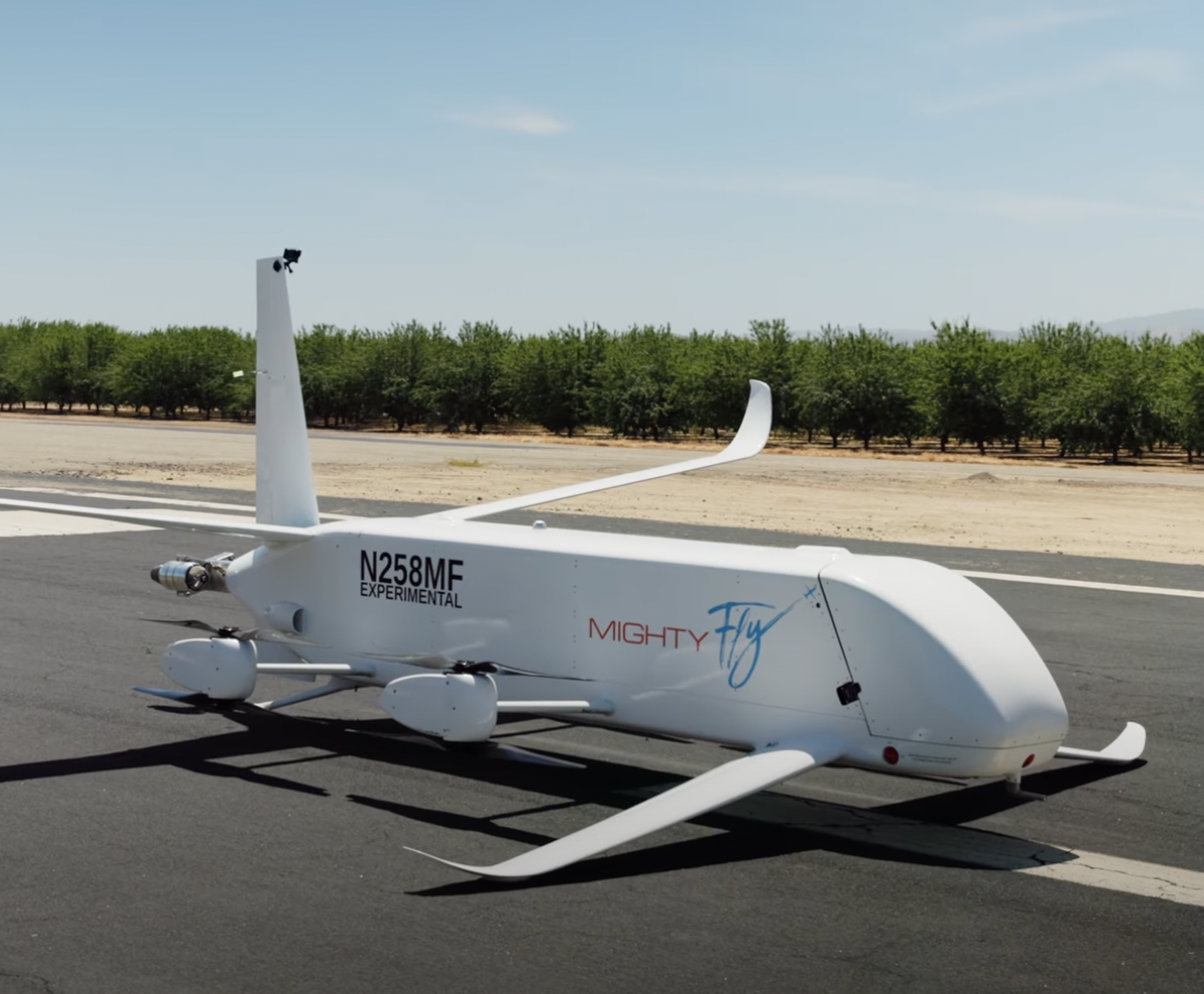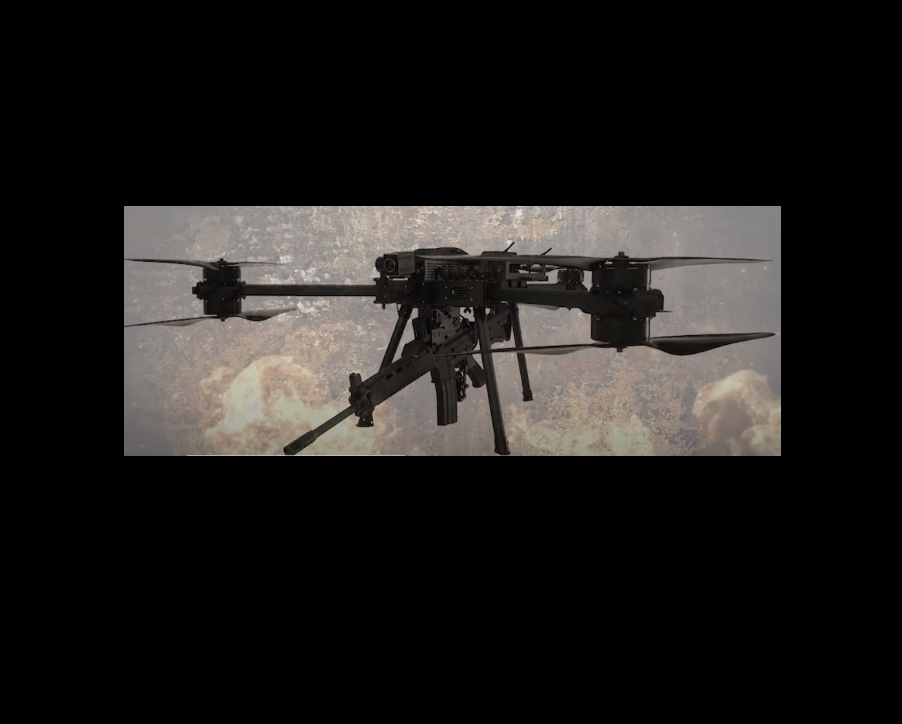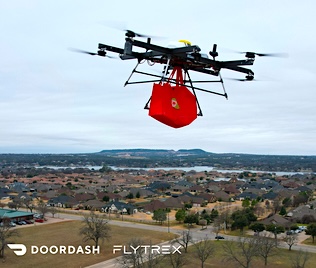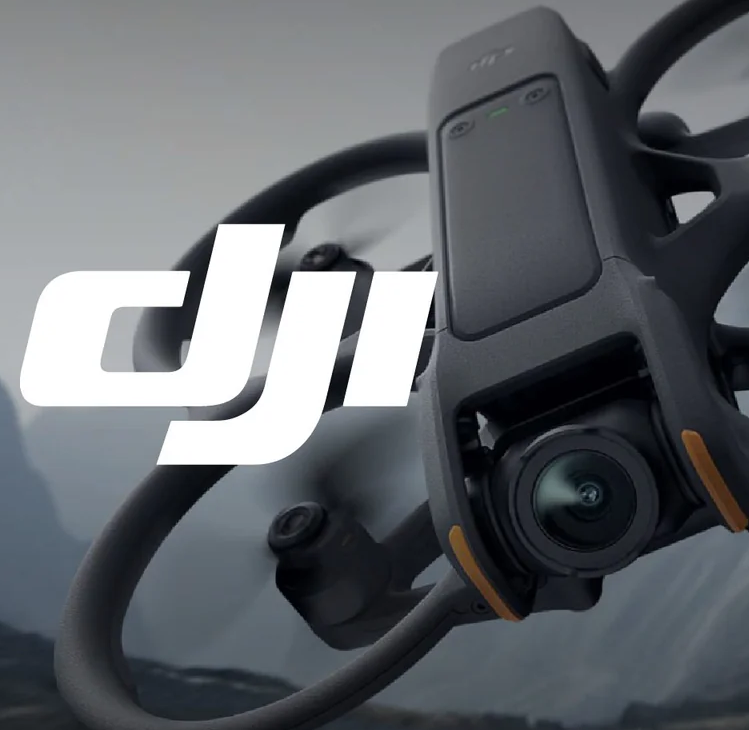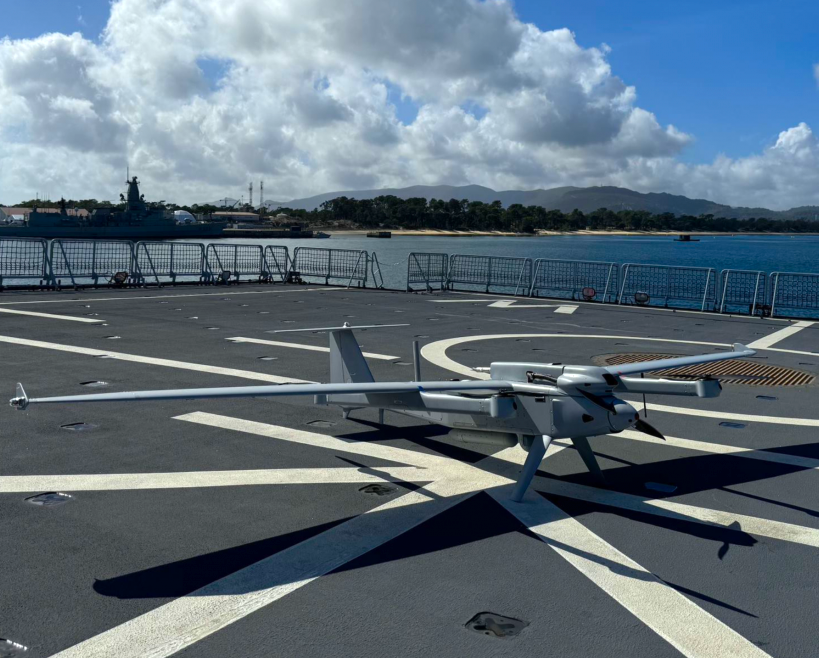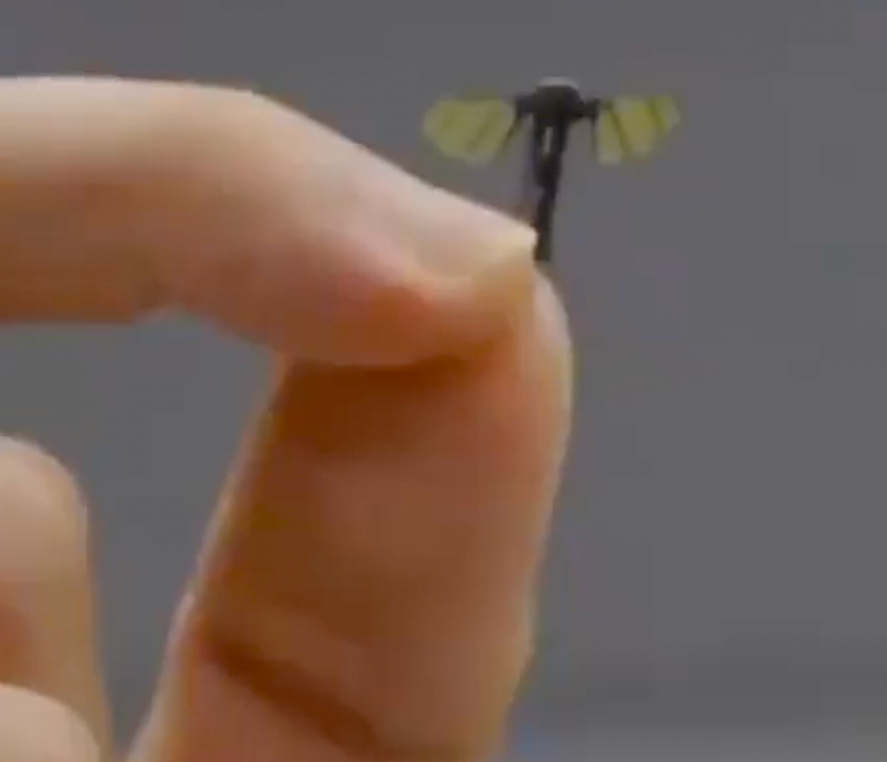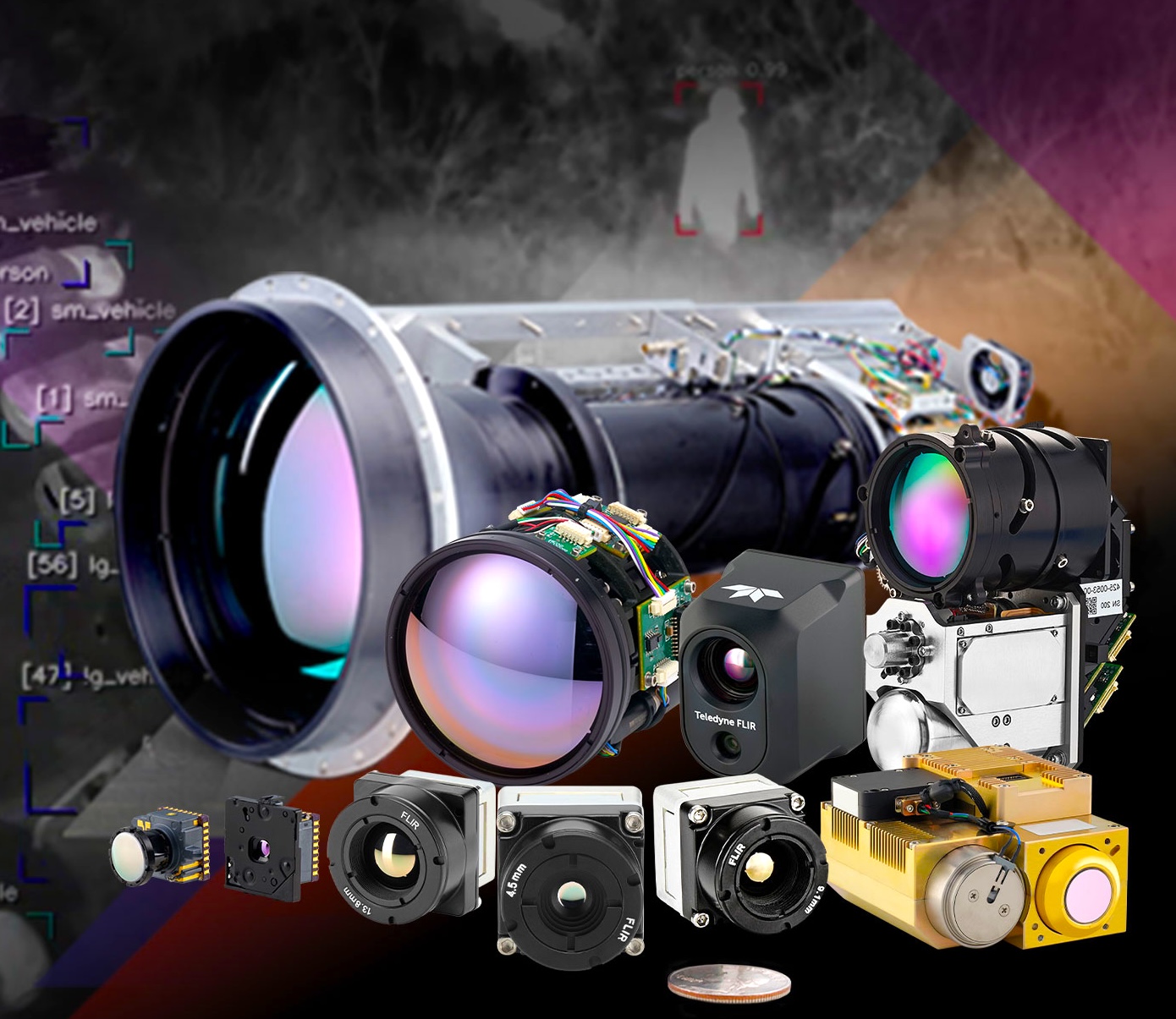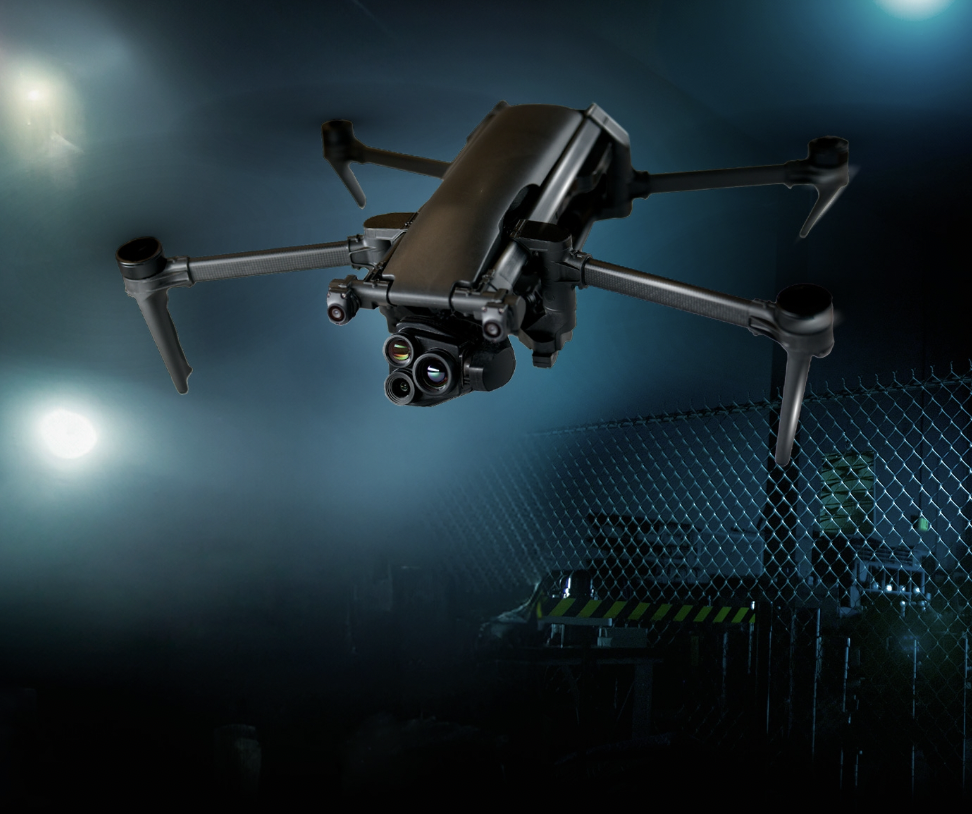Featured NewsTrending NewsTrump Administration Pushes Forward with BVLOS Drone Rules and Section 2209 Reforms
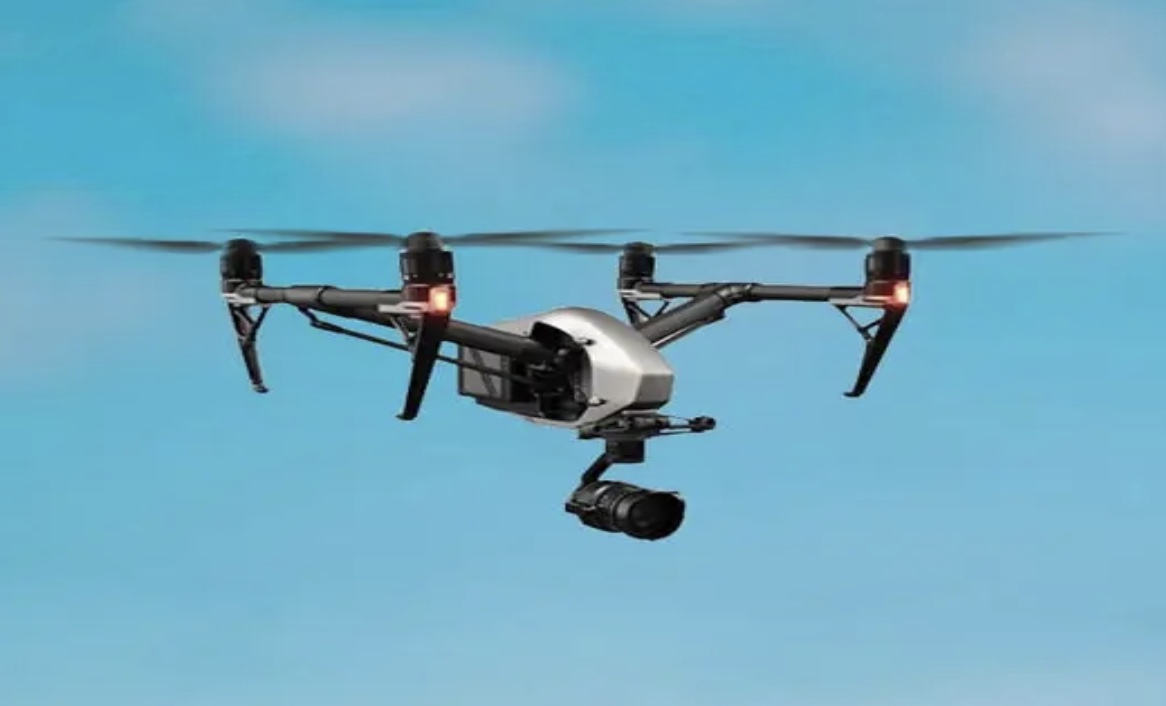
On May 14, 2025, a significant development took place in the evolution of U.S. drone policy as the Trump Administration moved two critical drone regulations to the White House for review. These regulations—focused on Beyond Visual Line of Sight (BVLOS) operations and the protection of critical infrastructure under Section 2209—highlight the government’s commitment to strengthening the nation’s leadership in commercial drone technology. This move has been widely lauded by industry stakeholders, including the Commercial Drone Alliance (CDA), which views it as a positive step toward unlocking the full potential of drone applications that can benefit society, stimulate economic growth, and enhance national security.
Broadening Horizons with BVLOS Regulations
The BVLOS regulation (RIN 2120-AL82) is a cornerstone in the effort to expand drone operations beyond the visual scope of the operator. Currently, FAA regulations primarily restrict drone flights to within the pilot’s direct line of sight, which inherently limits operational scope and practicality for many commercial uses. To conduct tasks such as delivering medical supplies to remote health clinics or inspecting long stretches of pipelines and power lines, drones need to fly beyond visual range safely and reliably.
The proposed BVLOS rule aims to streamline this process, reducing the lengthy and often burdensome approval procedures that currently restrict these operations. By establishing clear safety standards and generally allowing more widespread deployment of BVLOS flights, the regulation would facilitate scalable drone operations across multiple sectors. Elissa Ellman, CEO of the Commercial Drone Alliance, emphasized that this regulation is a “critical deregulatory action” that attacks the outdated regulations holding back innovation and economic growth in America.
Aligning with Executive Order 14192, which emphasizes reducing regulatory burdens to promote economic growth, the BVLOS rule would enable the development and deployment of advanced detect-and-avoid systems critical for safe BVLOS operations. These systems incorporate radar, LiDAR, cameras, and artificial intelligence—technologies that work together to give drones the ability to detect obstacles and avoid collisions autonomously. As the regulatory framework evolves to support these innovations, U.S. manufacturers and service providers are expected to increase investments in these technologies, driving job creation in design, manufacturing, and drone service sectors.
From an economic standpoint, the expansion of BVLOS operations is poised to unlock tremendous market opportunities. Industry analysts project that the global drone market will reach approximately $63 billion by 2030, driven largely by growth in commercial applications like logistics, agriculture, infrastructure maintenance, and public safety. By simplifying and expanding the regulatory environment, the United States has the potential to foster a vibrant, innovative drone industry that can lead the world in technological advancements and market share.
Securing Infrastructure with Section 2209
Parallel to the push for operational expansion is a focus on safeguarding critical infrastructure through the progress of the Section 2209 regulation. Enacted by the 2016 FAA Extension Act, Section 2209 mandates the FAA to develop rules that restrict unauthorized drone flights near sensitive sites such as airports, nuclear facilities, power plants, and military installations. With the increasing frequency of drone sightings near such sites—some of which have resulted in security breaches or safety risks—the regulation aims to establish a solid legal framework for security and operational safety.
The advancement of the Section 2209 rule would facilitate the designation of no-fly zones around critical infrastructure, ensuring that drones can be integrated safely and securely into the airspace without impeding legitimate commercial and public safety operations. For instance, drone-based inspections of energy infrastructure, which have the potential to significantly reduce costs and improve safety, can be more widely adopted once operators are confident that their activities are protected by clear regulations and security measures.
Liz Forro, CDA’s Policy Director, highlighted the importance of balancing innovation with security, noting that “innovation and security are two sides of the same coin for drone integration.” The progress in Section 2209 could both foster the adoption of drone technology in infrastructure maintenance and inspection and enhance national security by preventing malicious or accidental drone incursions into sensitive areas. This regulatory development will likely encourage infrastructure owners and operators to leverage drone technology for regular inspections, emergency response, and security surveillance, confident in the knowledge that their activities are protected by appropriate regulatory oversight.
Industry and Government Synergy
The move of these drone regulations to the White House for review underscores the Biden Administration's recognition of the significance of drone technology as a driver of economic growth, innovation, and national security. By focusing on these two regulatory areas simultaneously, the government demonstrates a cohesive strategy to promote the safe expansion of commercial drone use in the United States.
The Commercial Drone Alliance’s enthusiastic response highlights the industry’s anticipation that these regulatory updates will create a more predictable and supportive environment for drone companies to innovate and grow. It also aligns with broader themes of deregulation and technological advancement promoted through Executive Order 14192, which directs federal agencies to cut unnecessary regulatory red tape to foster innovation.
The regulatory progress is expected to trigger a wave of technological upgrades within the drone sector. Manufacturers will likely accelerate the development of detect-and-avoid systems, while infrastructure owners can begin to utilize drones

